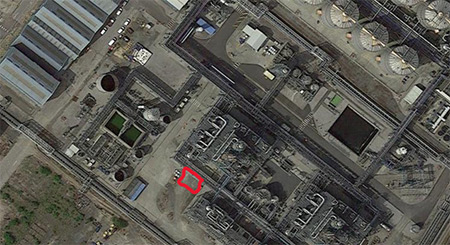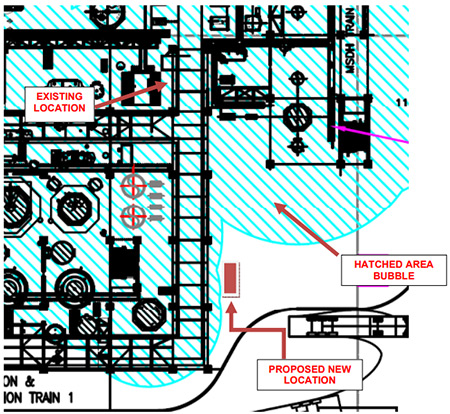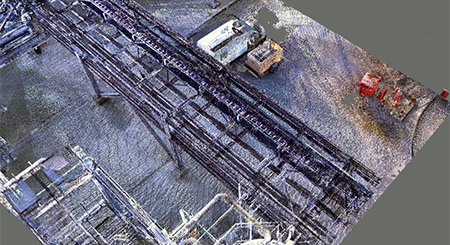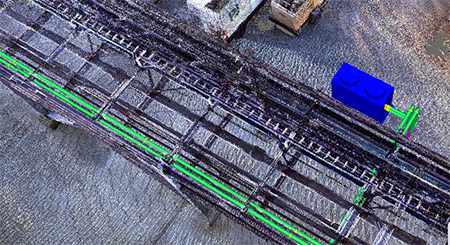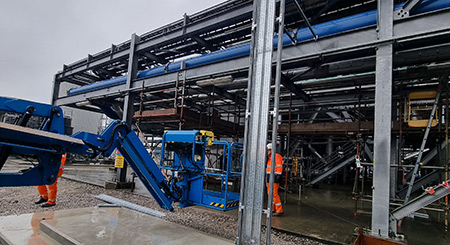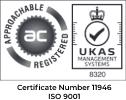- About
- How We Work
- Services
- Sectors
- Delivery
- Case Studies
- News
- Jobs
- Contact
Project Overview
Chiller relocation from a hazardous zone at an Ethanol & Animal Feed production facility into a safe non-hazardous area.
To successfully carry out every phase of this Engineering, Procurement and Construction (EPC) project, we worked closely with the client to turn their initial concept design into a reality.
From receiving the invitation to tender to completing the job took just six months, with all of the main piping and electrical work completed during a scheduled shutdown.
To cope with the client’s time constraints, we ensured that all design and civil work was completed well in advance of the planned closure – allowing the relocation of the chiller to be installed smoothly and on deadline.
The only slight obstacle to occur came during the civils construction stage, but a minor change to the way we installed the electrical cable soon resolved this and did not hinder progress.
Service overview
What did we do?
Stage 1:
We kicked off the project by meeting with the client to review their initial scope of work so that we could understand where the chiller was located and the hazardous area it sat within.
After reviewing the images provided, we analysed the proposed new location (marked by a red box) and confirmed that this would place the chiller outside the hazardous area by cross referencing against an aerial site image.
Stage 2:
Having interpreted the client’s needs and reached a suitable commercial agreement, our experienced design engineers attended with a Trimble 3D Laser Scanner to conduct an accurate on-site survey.
Stage 3:
Using Autodesk, AutoCAD and Plant 3D software, we created a multi-discipline design to detail all of the required electrical, civils and piping works. By adding and overlaying this on the initial 3D Laser Scan, we could guarantee every detail was to scale and send across to the client for approval.
Stage 4:
Before starting the fabrication stage, we used the accurate Isometric drawings of the first bit of piping that would come out of the chiller to procure all the correct components required in advance of arriving on site.
Stage 5:
With the scheduled plant shutdown underway, we started the construction phase by quickly building the base to house the chiller and successfully completed all the piping and electrical work on deadline.
